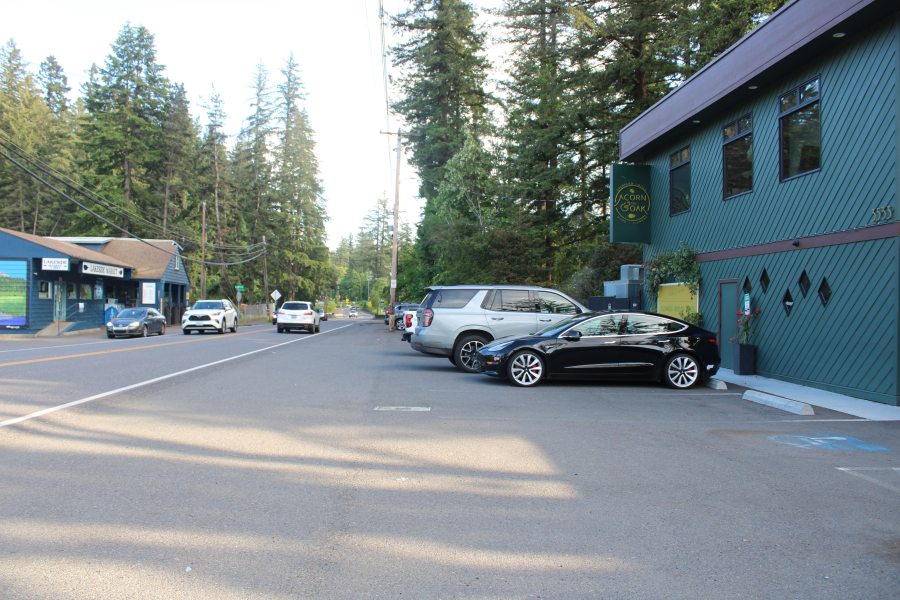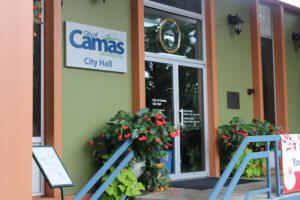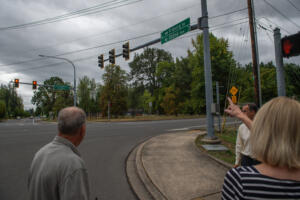As city of Camas officials grapple with how to balance the City’s 2025-26 budget amidst declining general fund revenues, Camas city staff are outlining possible revenue sources Camas leaders may want to consider.
Cathy Huber Nickerson and Steve Wall, the City’s directors of finance and public works, presented one such option to Camas City Council members during their workshop on Monday, Sept. 16.
Known as a transportation benefit district, the revenue source is something common in Washington state and is, according to the directors’ report to Council, currently being utilized in more than 110 Washington cities and towns as of January 2024.
“This is an independent taxing district that can … raise revenues specifically for transportation,” Huber Nickerson told Council members Monday, adding that the benefit district revenues — collected either as a sales tax or in the form of an annual vehicle tab fee — could help the City pay for street maintenance, transportation projects and road-related operating expenses.
“That’s key,” Wall added. “It can be used for operations and maintenance. We have 123.5 miles (of streets to maintain). That includes (pavement) preservation as well as street lights — there are over 3,500 that we maintain.”




